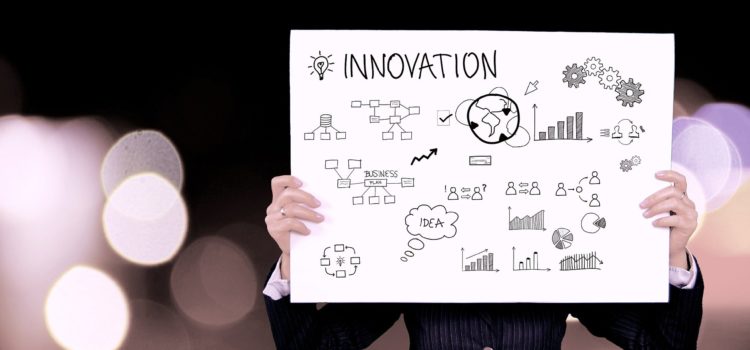What is value innovation? How do Kim and Mauborgne define “value innovation” in the context of blue ocean strategy? Value innovation is the cornerstone of Kim and Mauborgne’s blue ocean strategy. The authors clarify that blue ocean innovation is not a matter of merely raising or lowering value in order to raise or lower your costs. Instead, Kim and Mauborgne assert that you need a breakthrough that allows you to offer better value at a lower cost. Keep reading to learn about the concept of blue ocean innovation (or “value innovation”) and how it creates blue oceans through new ideas
Blue Ocean Innovation: Better Value at Low Cost










